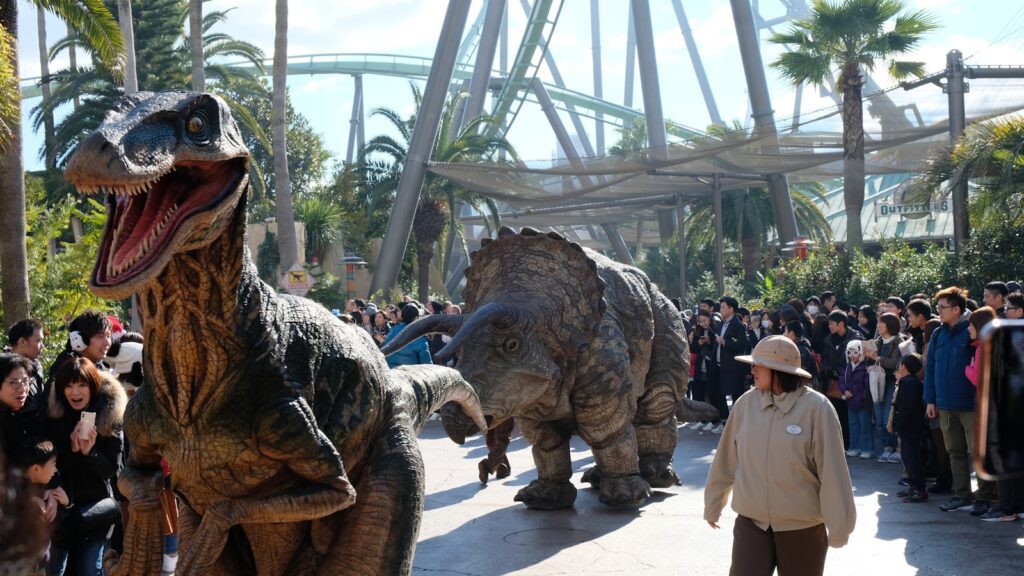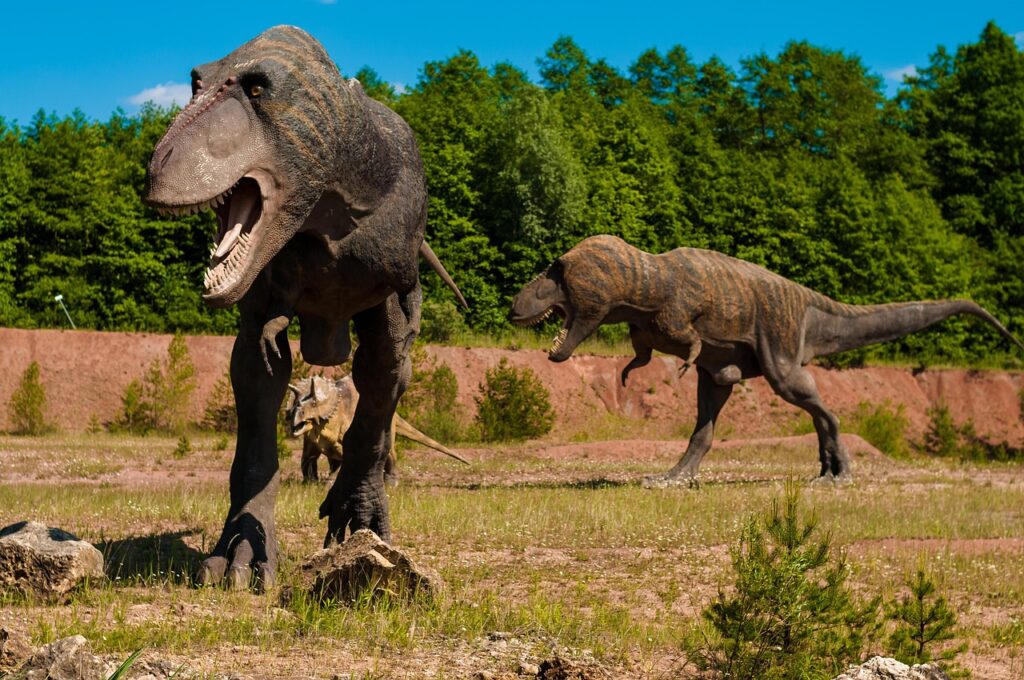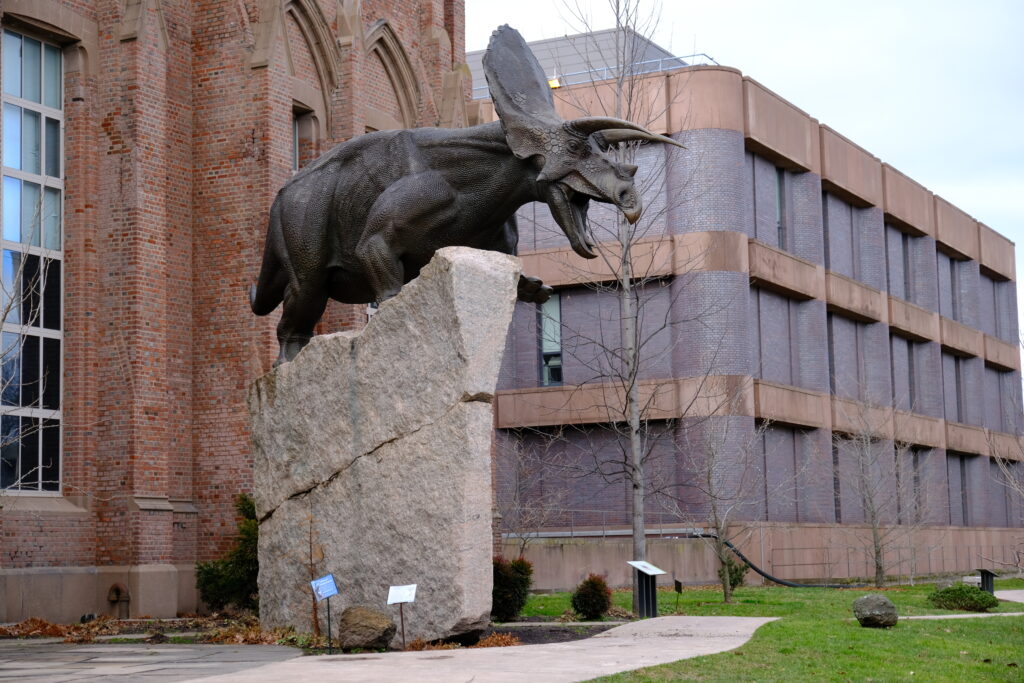Picture this: a world-renowned paleontologist who has spent decades studying fossilized bones suddenly comes face-to-face with living, breathing dinosaurs. The theoretical becomes terrifyingly real, and everything he thought he knew about these ancient creatures gets turned upside down. This is exactly what happens to Dr. Alan Grant in the Jurassic Park saga, and his journey from academic skeptic to hardened survivor is one of the most compelling character transformations in modern cinema.
The Academic Foundation: Grant’s Pre-Jurassic Identity
Before InGen’s invitation changed everything, Alan Grant was the quintessential academic paleontologist. His world revolved around dusty excavation sites, laboratory analysis, and theoretical discussions about creatures that had been extinct for 65 million years. Grant represented the traditional approach to paleontology – methodical, evidence-based, and rooted in scientific skepticism.
His partnership with Dr. Ellie Sattler at the dig site in Montana showcased his dedication to fieldwork and his genuine passion for understanding dinosaur behavior through fossil evidence. Grant’s expertise in Velociraptor pack hunting patterns would later prove crucial to his survival, though at this point it was purely theoretical knowledge. The irony wasn’t lost that his academic specialization would become his lifeline in the most dangerous situation imaginable.
The Invitation That Changed Everything
When John Hammond’s helicopter descended upon the dig site, it marked the beginning of Grant’s transformation from scholar to survivor. The offer to visit Isla Nublar came with financial incentives that Grant’s underfunded research desperately needed. This moment perfectly captures how scientific curiosity can override caution – a theme that runs throughout the entire Jurassic franchise.
Grant’s initial reaction to Hammond’s proposal revealed his pragmatic nature. He wasn’t easily swayed by grand promises or spectacular claims, maintaining his scientific skepticism even when faced with the possibility of seeing living dinosaurs. This cautious approach would serve him well in the trials ahead, as his trained eye for detail and evidence-based thinking became essential survival skills.
First Contact: The Brachiosaurus Revelation
The moment Grant first laid eyes on the Brachiosaurus herd represents one of cinema’s most powerful “belief suspension” scenes. Here was a man whose entire career had been built on studying fragments and making educated guesses about behavior, suddenly witnessing the reality of these magnificent creatures. His physical reaction – nearly fainting from shock – perfectly captured the overwhelming nature of seeing the impossible made real.
This scene marked the beginning of Grant’s shift from theoretical understanding to experiential knowledge. The gentle giants grazing peacefully challenged many assumptions about dinosaur behavior that had been based purely on fossil evidence. For Grant, this was both validation of his life’s work and a complete paradigm shift in how he understood these ancient creatures.
The Velociraptor Encounter: Theory Meets Reality
Grant’s expertise in Velociraptor behavior became terrifyingly relevant when he encountered these predators in their holding pen. His theoretical knowledge about their intelligence and pack hunting strategies suddenly transformed from academic interest to survival necessity. The famous “clever girl” moment wasn’t just about the raptors’ intelligence – it was about Grant’s growing understanding that his bookish knowledge had real-world applications.
The feeding demonstration revealed the brutal efficiency of these predators, forcing Grant to confront the reality that these weren’t just fascinating subjects of study – they were apex predators capable of systematic hunting. This encounter began to harden Grant’s perspective, introducing him to the harsh realities of surviving in a world where humans were no longer at the top of the food chain.
The Breakdown: When Systems Fail
The park’s systematic failure during the storm marked Grant’s transition from visitor to survivor. Suddenly, all the safety measures and controlled environments that had made the dinosaurs seem manageable disappeared. Grant found himself responsible not just for his own survival, but for the lives of Hammond’s grandchildren, Tim and Lex.
This crisis revealed Grant’s adaptability and leadership qualities that had been dormant during his academic career. His ability to remain calm under pressure, assess dangerous situations, and make quick decisions proved that his years of fieldwork had prepared him for challenges beyond the laboratory. The breakdown forced Grant to apply his theoretical knowledge in ways he never imagined possible.
The T-Rex Encounter: Facing Prehistoric Terror
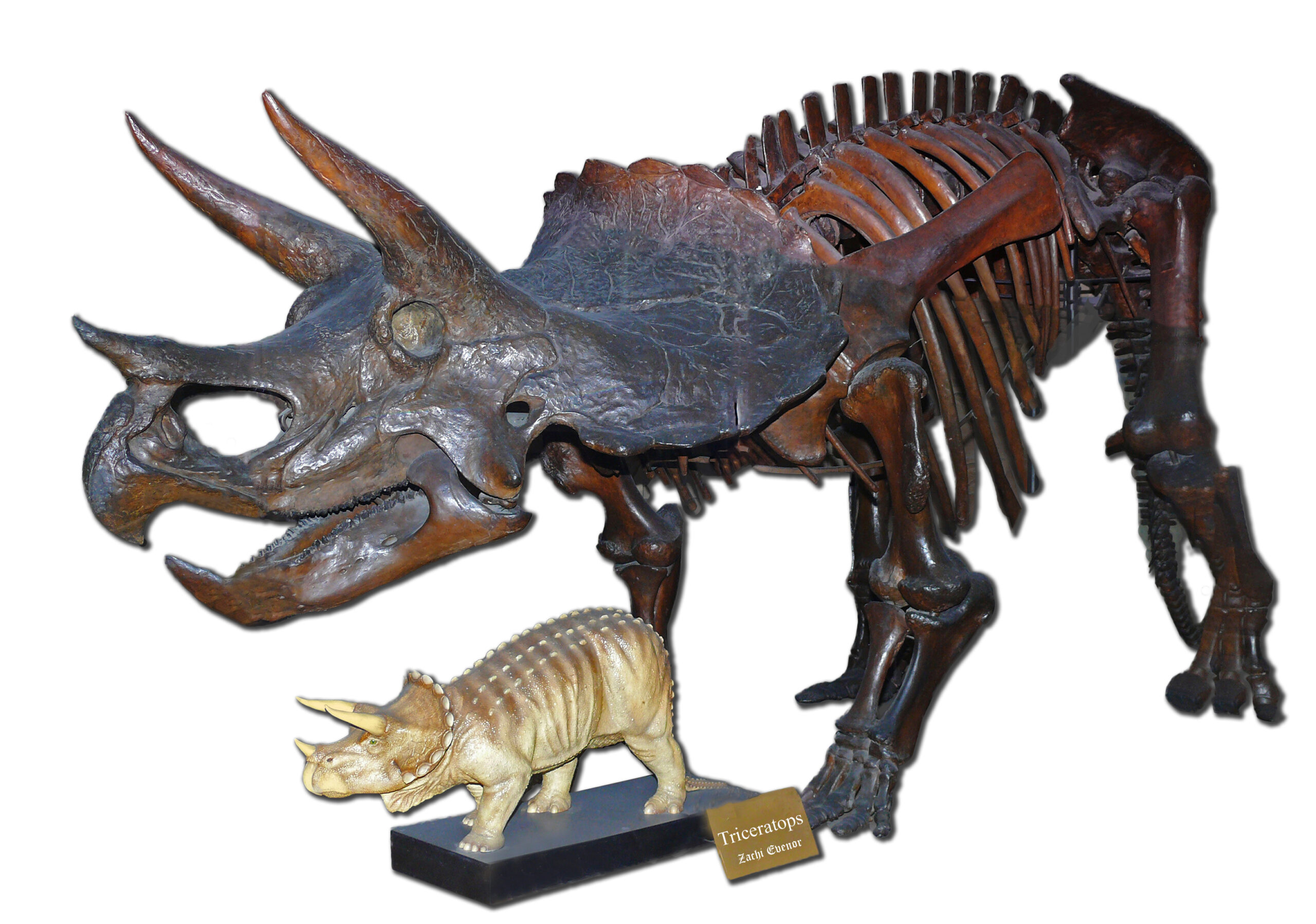
The iconic Tyrannosaurus rex attack scene transformed Grant from a passive observer to an active participant in the struggle for survival. His knowledge of dinosaur vision and behavior became crucial when he realized that movement attracted the predator’s attention. This moment demonstrated how scientific understanding could be the difference between life and death in this new world.
Grant’s protective instincts toward Tim and Lex emerged during this encounter, showing how extreme circumstances can reveal hidden aspects of personality. The man who had previously shown discomfort around children suddenly became their fierce protector. His ability to think clearly while facing down the most fearsome predator in Earth’s history proved that academic knowledge could translate into practical survival skills.
Becoming a Protector: The Children’s Guardian
Grant’s relationship with Tim and Lex became central to his character development throughout the first film. Initially uncomfortable with children, Grant discovered paternal instincts he didn’t know he possessed. This transformation from solitary academic to protective guardian added emotional depth to his survival story and showed how extreme circumstances can reveal unexpected aspects of our nature.
The children’s presence forced Grant to think beyond his own survival. Every decision had to account for their safety, their limitations, and their emotional needs. This responsibility accelerated his evolution from theoretical paleontologist to practical survivor, as he learned to balance scientific knowledge with human compassion and protective instincts.
The Return: Jurassic Park III and Reluctant Expertise
Grant’s return to dinosaur-infested territory in Jurassic Park III revealed how his first experience had fundamentally changed him. No longer the curious academic, he had become a reluctant expert in dinosaur survival. His initial resistance to returning to Site B demonstrated that he understood the true dangers these creatures posed – knowledge that came at a terrible cost.
The third film showed Grant as a more cautious, world-weary character who had learned to respect the power and intelligence of these ancient predators. His expertise was now tempered with hard-won wisdom about the limits of human control over nature. This evolution from naive enthusiasm to informed respect marked a crucial stage in his character development.
Evolution of Survival Instincts
Throughout his encounters with dinosaurs, Grant’s survival instincts evolved from academic curiosity to finely-tuned danger assessment. His ability to read environmental cues, understand predator behavior, and anticipate threats improved dramatically with each encounter. This progression showed how experience could transform theoretical knowledge into practical survival skills.
Grant’s growing proficiency at moving through dangerous environments, avoiding detection, and using his knowledge of dinosaur behavior to his advantage demonstrated the human capacity for adaptation. His transformation from someone who studied ancient predators to someone who could survive among them represented one of the most compelling aspects of his character arc.
The Weight of Knowledge: Carrying the Burden
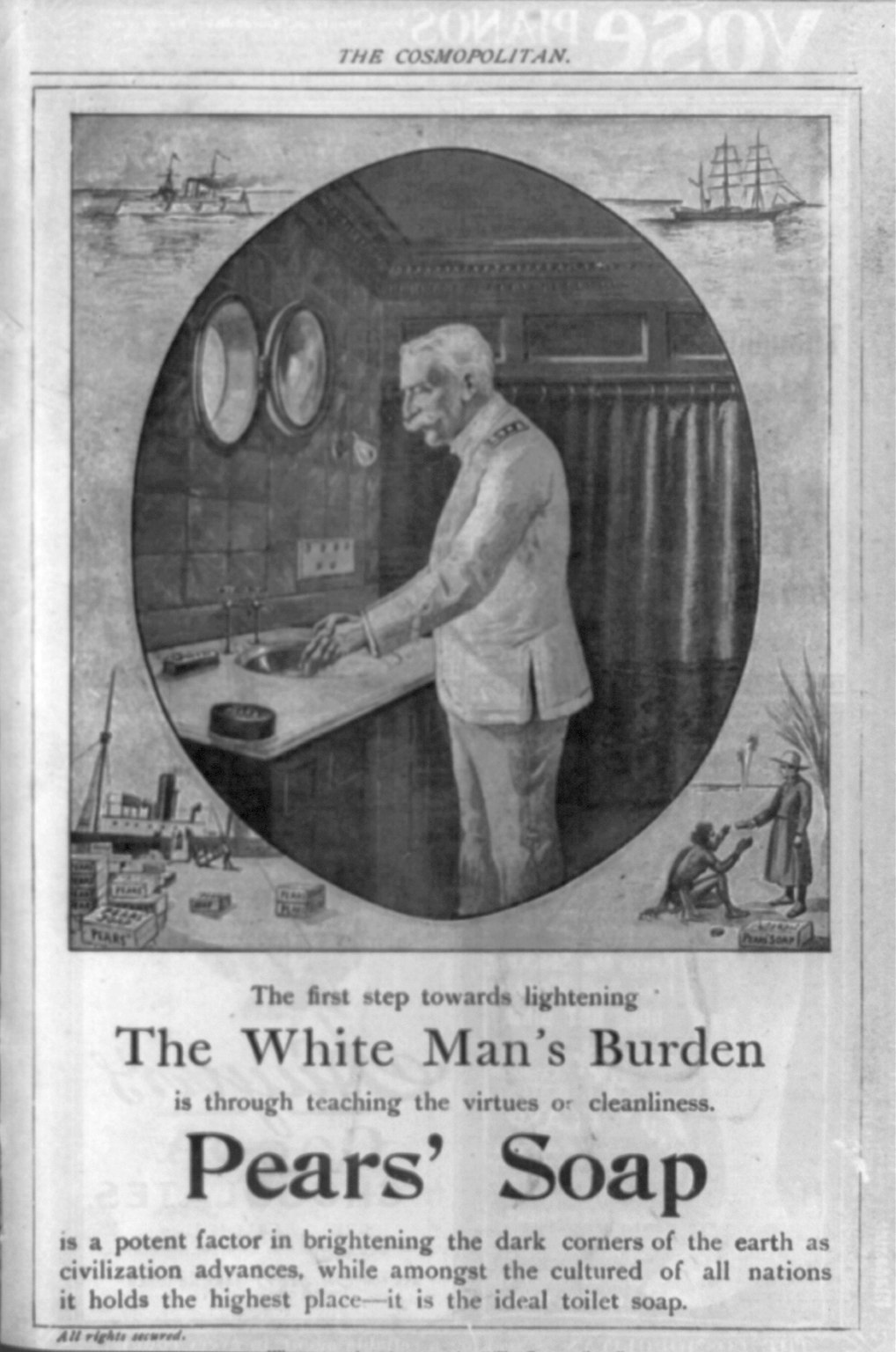
As Grant’s experiences with living dinosaurs accumulated, he began carrying the psychological weight of his unique knowledge. He became one of the few people who truly understood the dangers these creatures posed to human civilization. This burden transformed him from an enthusiastic researcher into a reluctant expert who understood the terrifying implications of genetic resurrection.
His growing isolation from the academic community, who couldn’t fully grasp the reality of living dinosaurs, added another layer to his character development. Grant had crossed a threshold that separated him from his former life, carrying knowledge that few could understand or believe. This isolation became part of his identity as a survivor in a world that had fundamentally changed.
Scientific Method Under Pressure
Grant’s adherence to scientific observation and logical thinking proved crucial to his survival throughout multiple encounters. Even under extreme stress, he continued to observe, analyze, and adapt his understanding of dinosaur behavior. This commitment to scientific method under pressure demonstrated how professional training could become a survival advantage in unexpected circumstances.
His ability to remain objective and analytical while facing mortal danger showed the practical value of scientific thinking. Grant’s success in surviving multiple encounters with prehistoric predators wasn’t just luck – it was the result of applying scientific principles to life-or-death situations. This aspect of his character highlighted the real-world applications of academic knowledge.
The Human Element: Relationships and Growth
Grant’s character arc wasn’t just about surviving dinosaurs – it was about discovering aspects of himself that academia had never revealed. His relationships with other survivors, particularly the children he protected, showed his capacity for growth and adaptation. These human connections became as important to his survival as his scientific knowledge.
The bonds formed under extreme circumstances revealed Grant’s capacity for leadership, sacrifice, and emotional connection. His evolution from a solitary researcher to someone who could inspire and protect others demonstrated how crisis situations can unlock hidden potential. These relationships became integral to his identity as a survivor and shaped his approach to future challenges.
Legacy of Survival: The Transformed Paleontologist
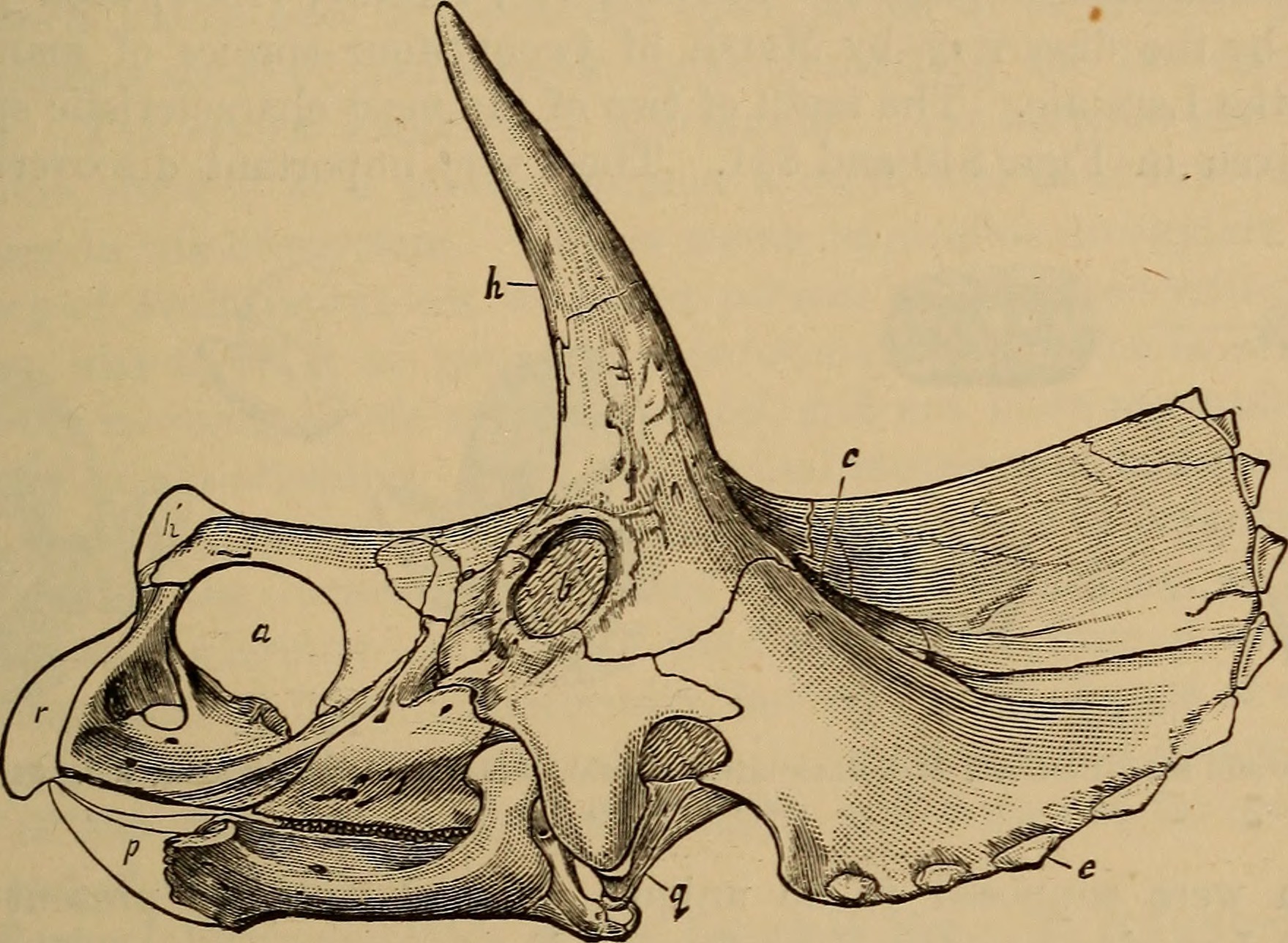
By the end of his journey through the Jurassic films, Grant had become something unprecedented – a paleontologist who had not only studied dinosaurs but had survived among them. His transformation from academic skeptic to seasoned survivor created a unique legacy that bridged the gap between theoretical knowledge and practical experience.
Grant’s evolution represented more than personal growth – it symbolized humanity’s struggle to adapt to a world where scientific advancement had outpaced wisdom. His character arc served as a cautionary tale about the unintended consequences of playing with forces beyond our complete understanding. The man who emerged from these experiences was fundamentally different from the academic who first set foot on Isla Nublar.
The Survivor’s Wisdom: Lessons Learned
Grant’s complete transformation from dinosaur skeptic to survivor offers profound insights into human adaptability and the practical applications of scientific knowledge. His journey demonstrated that survival in an unpredictable world requires both intellectual understanding and emotional intelligence. The combination of scientific method, protective instincts, and hard-won experience created a character who embodied the best of human adaptability.
His story continues to resonate because it shows how ordinary people can rise to extraordinary challenges when circumstances demand it. Grant’s evolution from academic observer to active participant in the struggle for survival represents the universal human capacity to grow, adapt, and overcome seemingly impossible odds. What started as scientific curiosity became a testament to the power of knowledge, courage, and human connection in the face of prehistoric terror.

